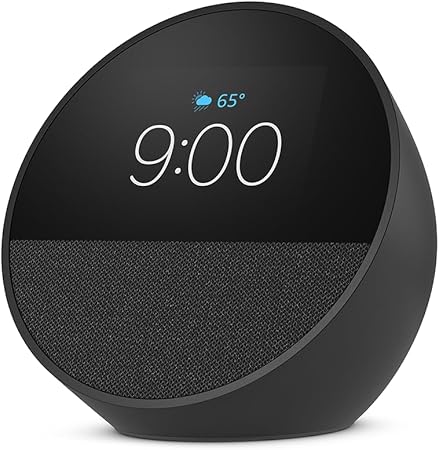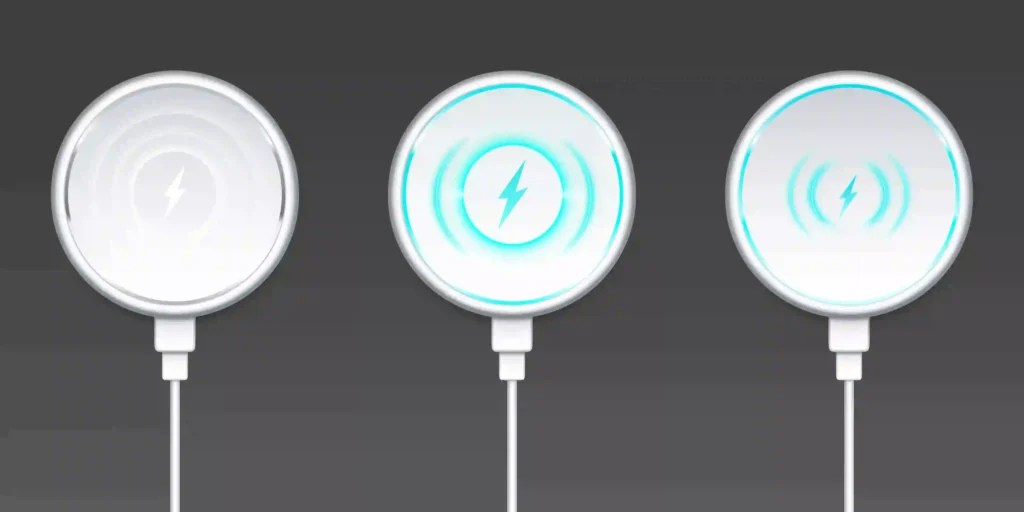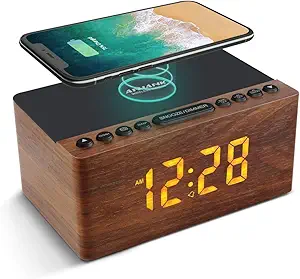Mindful smartphone use has become essential in today’s fast-paced digital world. While our phones connect us, they often end up consuming countless hours we never intended to spend. If you’ve ever felt like your phone is controlling you instead of you managing it, trust me—you’re not alone.

This guide is brought to you by Jivansaar.com — your trusted source for practical life tips on self-improvement, wellness, and digital balance.
Here, you’ll discover ten powerful, science-backed techniques—and a few of my own favorite hacks—for using your smartphone mindfully. These strategies can help you regain control, improve your focus, and reclaim precious hours of your day.
Table of Contents
Why Mindful Smartphone Use Truly Matters

Mindful smartphone use isn’t just another self-help trend. It’s a necessity. Research shows that excessive phone use:
- Lowers your attention span
- Increases anxiety and stress
- Disrupts sleep
- Erodes the quality of real-life relationships
The average American checks their phone 96 times a day—almost once every 10 minutes.
Being intentional with your device helps you:
- Regain focus
- Reduce stress
- Reconnect with what truly matters
Let’s explore exactly how to make it happen.
1. Start with Awareness: Know Where Your Time Is Going

You can’t improve what you don’t measure.
Before changing any habit, spend 2-3 days tracking your usage without judgment.
Use tools like:
- Screen Time (iOS)
- Digital Wellbeing (Android)
They will show:
- Daily screen time totals
- Your most-used apps
- How many times you pick up your phone
My suggestion:
I recommend taking a screenshot of your weekly usage report. Seeing those numbers visually can be eye-opening and motivate you to act.
2. Set Phone-Free Zones
Imagine sitting down to dinner with family or friends, only to have everyone’s eyes glued to their screens. It’s almost become normal—but it doesn’t have to be.
Establish phone-free zones such as:
- The dining table
- Your bedroom
- The bathroom (seriously)
Put a small basket in these areas and leave your phone there.
Bonus tip: If you want extra accountability, use a simple phone lockbox like this one on Amazon (affiliate link). It’s a visual reminder to disconnect.

3. Turn on Grayscale Mode

Bright, colorful icons are designed to stimulate your brain. Switching your display to grayscale makes apps:
- Look dull
- Feel less rewarding
- Become easier to ignore
How to enable grayscale:
- On iPhone: Settings > Accessibility > Display & Text Size > Color Filters > Grayscale
- On Android: Settings > Digital Wellbeing > Bedtime Mode > Grayscale
My suggestion:
Try grayscale for just one day. You’ll be shocked at how boring endless scrolling suddenly feels.
4. Schedule Social Media Time Like an Appointment
Scrolling whenever you feel bored is a recipe for distraction.
Instead, treat social media like a scheduled event:
- Morning: 9:00–9:30 AM
- Evening: 7:30–8:00 PM
Outside these windows:
- Stay logged out
- Use blockers like Freedom, StayFocusd, or Forest
My suggestion:
If you struggle to log off, invest in an affordable timer lockbox (BUY – affiliate link). Place your phone inside and set the timer to create forced breaks.

5. Unfollow, Uninstall, Unplug
Your digital environment should support you—not drain you.
Take 30 minutes to:
- Delete apps you haven’t used in 30 days
- Unfollow accounts that trigger anxiety or negativity
- Mute notifications from non-essential apps
Mini Digital Detox:
Once a week, pick 24 hours with no social media at all. It’s like a reset button for your brain.
6. Follow the ‘One Screen’ Rule
Multitasking might feel productive, but science proves it splits focus.
Practice the One Screen Rule:
- No scrolling during meals or movies
- No texting while working
- Only one tab open when reading or writing
My suggestion:
If you like background noise, use a dedicated speaker instead of your phone. I personally use the Echo Dot (see on Amazon – affiliate link) to play music without the temptation to check notifications.

7. Charge Your Phone Away From Bed

Keeping your phone on your nightstand is one of the biggest sleep killers.
Problems it causes:
- Late-night doomscrolling
- Sleep disruptions from notifications
- Stress first thing in the morning
Solution:
Charge your phone across the room or in another space.
Pro Tip: Use an old-fashioned alarm clock (see this minimalist clock – affiliate link) instead.

8. Create a Morning Routine Without Your Phone

How you start your day often determines your mindset for the next 12 hours.
Try this 30-minute phone-free morning:
- Stretch for 2–3 minutes
- Drink water
- Journal three things you’re grateful for
- Read a few pages from a physical book
My suggestion:
Keep your favorite paperback or a gratitude journal on your nightstand so you’re not tempted to grab your phone.
9. Customize Your Home & Lock Screen
Your home screen is prime real estate. Simplify it:
- Remove all non-essential apps
- Move social apps to a second screen or folder
- Choose a calm wallpaper (nature scenes, inspiring quotes, or plain black)
Example Lock Screen Reminder:
“Pause. Breathe. Choose intentionally.”
This tiny change adds a moment of mindfulness before you unlock.
10. Use Mindfulness Apps to Stay Grounded
Ironically, you can use technology to reduce technology’s hold over you.
Try these apps:
- Headspace (guided meditation & breathing exercises)
- Insight Timer (free meditations and sleep sounds)
My suggestion:
Set a reminder in these apps to meditate for 5 minutes every afternoon.
Bonus Tip: Daily Digital Fasting
Take one hour each day with zero phone interaction.
During that time:
- Walk outdoors
- Talk face-to-face with someone
- Journal your thoughts
- Do absolutely nothing
It may feel uncomfortable at first. That’s a sign you really need it.
Final Thoughts
Mindful smartphone use isn’t about abandoning your device. It’s about building a conscious relationship with it.
Every small step—whether it’s grayscale mode, a phone-free dinner, or a daily hour offline—adds up to more freedom, focus, and peace.
Start with one idea from this list today. Your future self will thank you.
And if you’re looking for more tools to improve your focus and well-being, check out our recommendations and guides at Jivansaar.com.
Affiliate Disclosure: Some links in this post are affiliate links. If you purchase through them, we may earn a small commission at no extra cost to you. This helps us keep providing free, high-quality content.
FAQs About Mindful Smartphone Use
Q1. What exactly is mindful smartphone use?
Mindful smartphone use simply means being intentional about when and how you pick up your phone. Instead of unlocking it out of habit every five minutes, you pause and ask:
“Do I really need to check this right now?”
It’s a practice of awareness and purpose. When you learn to use your phone mindfully, you get back hours of your day you didn’t even realize were slipping away. At Jivansaar, we believe this one habit can transform your focus and peace of mind.
Q2. How does grayscale mode help me use my phone less?
This is one of those little-known hacks that work surprisingly well. Bright colors are like candy for your brain—social media apps use them to keep you hooked.
When you switch your screen to grayscale, everything instantly feels dull. Suddenly, scrolling doesn’t feel as fun.
Try grayscale for a day. You’ll be amazed how much less you reach for your phone. Many readers at Jivansaar have told us this was the easiest habit change ever.
Q3. I use my phone as an alarm clock. Is it really that bad to keep it by my bed?
Honestly? Yes.
Keeping your phone right next to you at night is one of the biggest reasons people stay up late scrolling. Even worse, notifications can break your sleep cycles.
If you can, charge your phone across the room—or better yet, in another room altogether. A simple $15 alarm clock works wonders. This one shift can help you sleep better and wake up calmer.
Q4. What are some apps that actually help me be more mindful with my phone?
I love this question because it shows you’re ready to use tech for good. Here are a few apps worth trying:
Headspace: Great for guided meditation and daily mindfulness reminders
Forest: Helps you stay off your phone by growing a virtual tree (and it’s surprisingly motivating)
Freedom: Blocks distracting apps and websites across all your devices
Insight Timer: For free meditations and calming music
These tools can gently train your brain to pause before you start scrolling. At Jivansaar, we recommend experimenting to see what clicks for you.
Q5. How can I reduce my screen time without feeling like I’m missing out?
The key is to start small so it doesn’t feel overwhelming. Try picking just one of these habits for a week:
Make your bedroom a phone-free zone
Turn on grayscale mode
Schedule social media time instead of using it all day
Have one phone-free hour every day
Create a simple morning routine without your device
Every tiny step matters. The more you practice, the easier it becomes to be present in your own life—not just the digital one.
Tip from Jivansaar:
If you’re serious about breaking the cycle, consider investing in tools like a timer lockbox or a minimalist alarm clock. These small upgrades can make a huge difference. You can find some great options on Amazon (affiliate links) that we trust and personally recommend.

Leave a Comment